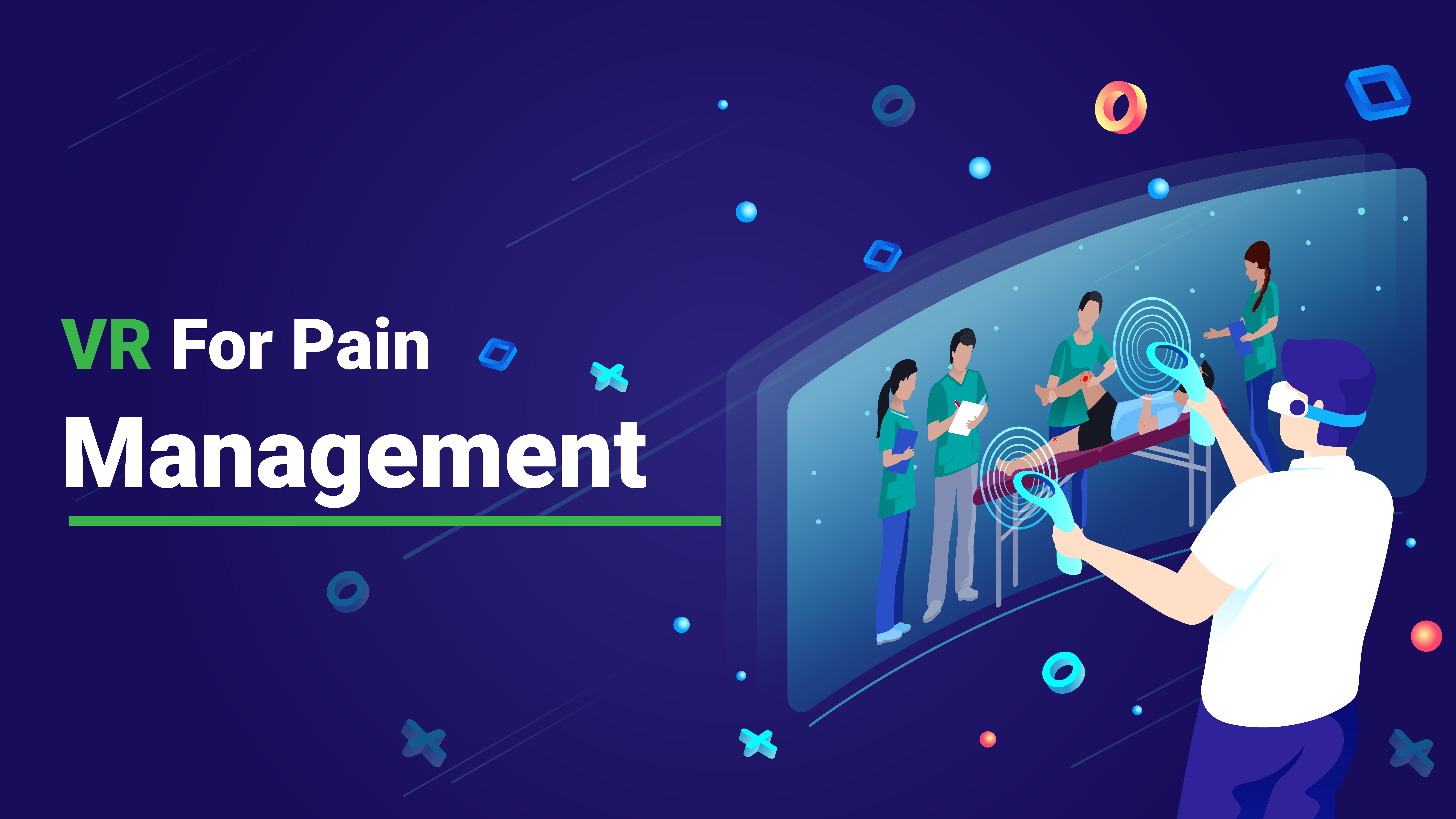Virtual Reality has made great strides in pain management and could be one of the next types of pain reliever that we use!
Initially, Virtual Reality (VR) technology was only known for its entertainment value. However, in the last decade, it has been applied to a variety of clinical areas, including pain management, physical rehabilitation, and the treatment of psychiatric disorders like phobias, PTSD, anxiety disorder, etc.., And according to a new research, VR has made great strides in pain management and could potentially be the type of pain reliever that we can use in the future.
It is most used in medical settings to reduce pain perception, anxiety, and overall misery during difficult medical treatments like wound care, chemotherapy, dental procedures, and other medical procedures.

VR was mainly used to train medical students and professionals. During the mid-’90s, one of its first applications for pain management was developed to distract burn victims from excruciating pain while treating their wounds.
The patients were put in a Virtual Reality environment called SnowWorld, where they can either participate in an interactive gamified experience or be transferred to a highly realistic environment with a soothing atmosphere and audio stimulation to help them relax and keep them distracted, so they won’t feel the pain.
However, VR was not intended to be used as a stand-alone treatment. It was usually used in conjunction with other types of treatment, such as medication or physical therapy.
Practical applications:
One of a few approved digital therapeutic devices, Digiceuticals is intended for at-home self-use and consists of a VR headset, controller, and a breathing amplifier attached to the headset that directs the patient’s breath towards the headset’s microphone to aid in deep breathing exercises.
Virtual reality has been found to attenuate pain, and this effect is called “VR analgesia.”
Features of VR in Pain Management:
- Realistic Custom Visual Content depending on the Patient’s pain and stress level
Interactive Scenarios to involve oneself in an immersive environment.
VR is actively being used in the following areas:
- Burn care
- Chronic Pain management
- Routine medical procedures
- Cancer Pain
Bottom Line:
Healthcare providers have routinely commented that despite the age, VR helps patients be less nervous, calmer, leading to less challenging and stressful medical procedures. And it is clear that VR in combination with standard of care often facilitates a smoother procedure. So, we can hope to see more of its application in the future.



